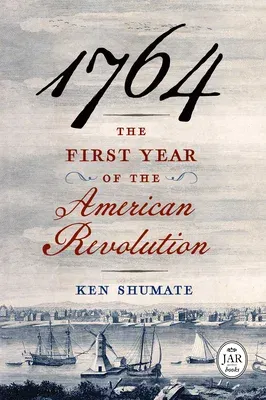How the American Response to British Plans for Parliamentary Taxation
Set in Motion the Movement for Independence
The year 1764 is of extraordinary importance to the history of the
American Revolution. It was a watershed year in the relationship between
Great Britain and its North American colonies.
In 1763, the British began to strictly enforce the laws of trade in
order to advance a newly formulated colonial policy that included use of
customs duties as a means of drawing revenue from the colonies.
Americans early in 1764 protested that the laws being enforced were
economically unsound and would be destructive to the trade of the
colonies. Despite knowing of the American discontent, British officials
moved forward with their new colonial policy. Resolutions made by the
House of Commons in March 1764 not only codified a more restrictive
trade policy, but revealed a plan to impose direct parliamentary
taxation. A resolution to levy stamp duties brought forth a storm of
American petitions and essays in late 1764 that constitute the beginning
of what has become known as the Stamp Act Crisis.
In 1764: The First Year of the American Revolution, Ken Shumate
presents the American arguments against the new British policy. The most
prominent protests against direct parliamentary taxation were made by
New York, Massachusetts, Virginia, Connecticut, and Rhode Island.
Supporting the petitions were thoughtful essays by James Otis,
Oxenbridge Thacher, Richard Bland, Thomas Fitch, and Stephen Hopkins.
Shumate demonstrates the importance of these petitions and essays,
written before the passage of the Stamp Act in 1765, as establishing the
constitutional basis for the heated protests of that year and the
following decade. The British interpretation of these writings as
rejecting the supremacy of Parliament--even the sovereignty of Great
Britain--further motivated the need for the Stamp Act as a demonstration
of the fundamental right of Parliament to levy such taxes.

